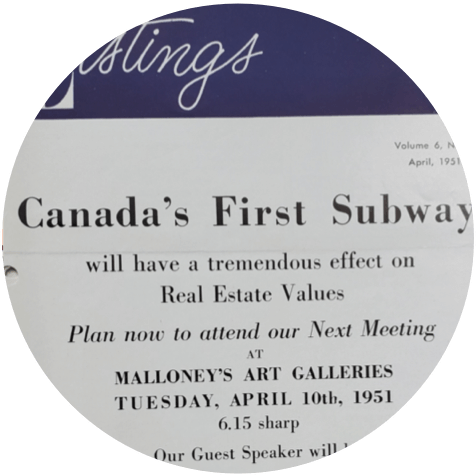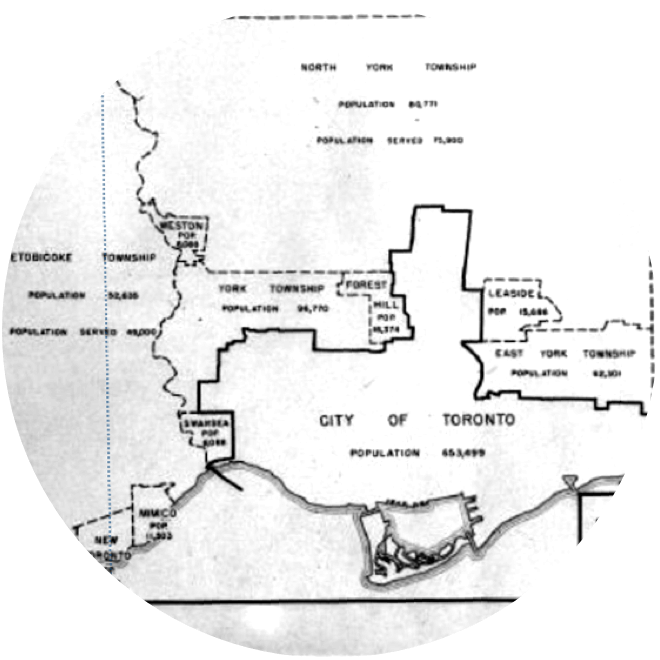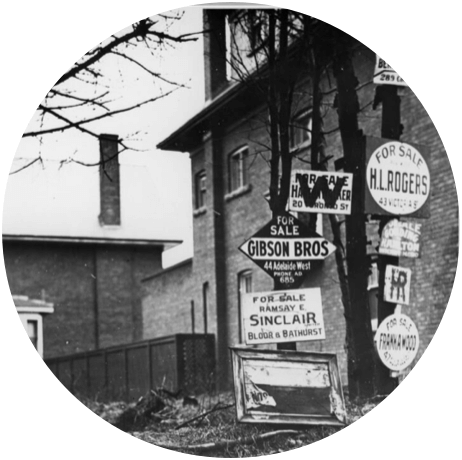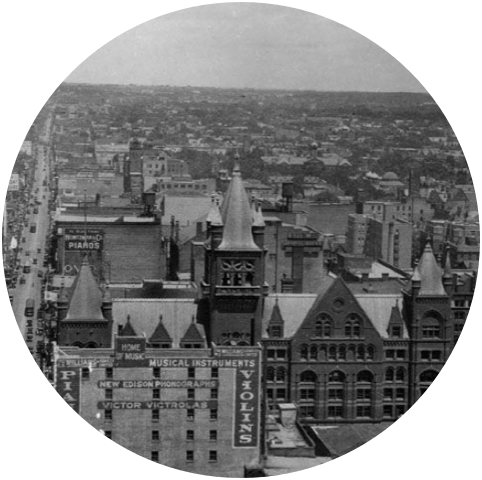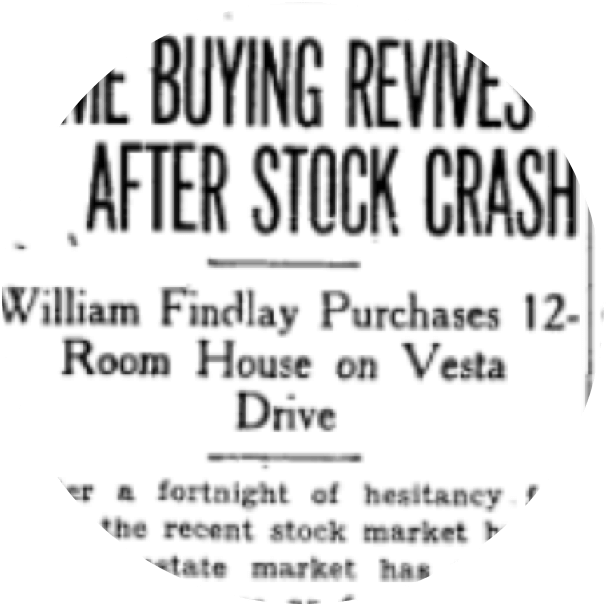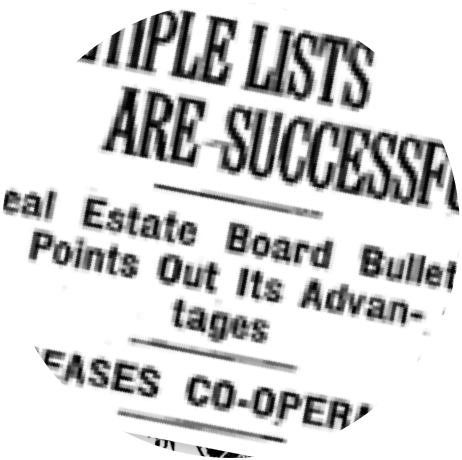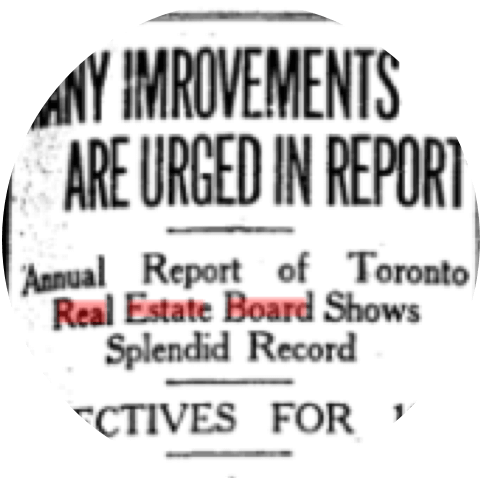Starting in the profession was a bit different back in the 1950s. In 2002, Past President George King was asked about what he saw as the most significant change in real estate: “Well, considering that when I joined real estate in 1959 and I paid $2 and got a license, I think the big exchange is the standards of entering the real estate business and the continuing education that is now required and necessary.”
Post Theme: TRREB Members Help Build the Greater Toronto Area
Building Toronto into a World Class City
In this video, TRREB Member Scott Cusimano talked about his pride in helping to build Toronto into a world class city – in particular his involvement with the Skydome.
Yonge Street Subway Opening
The opening of the Yonge Street Subway was hailed as both a local and national success. The impact on the growth of Toronto was profound. After five years of construction, the first line was opened on March 30, 1954, at cost of $67 million. Jack Key, TRREB President in 1966, stated that “this small investment ignited a $10 billion development explosion along the route from Front and York Street to its terminal, Eglinton Avenue. … two-thirds of all new development in a five-year period (after the subway was built) was put in place within a five minute walk from the Yonge Street subway.” (July 1966, Listings)
REALTOR® City Map
In 1956, a REALTOR® city map cost a dime and a detached two-storey Forest Hill home was about $30,500. It was all about neighbourhoods – schools, churches, stores and streetcars. But the city was rapidly changing. In 1954, the north to south stretch of the subway system was completed from Union Station to Eglinton Station. This line was followed by the construction of the Bloor–Danforth and University Avenue subways, connecting the core to the suburbs to the east and west. It meant people could get around the city faster and more easily. The construction of major highway arteries led to quick growth of nearby communities, including Mississauga, Etobicoke, and Richmond Hill.
Real Estate Signs
The photograph depicts real estate signs on Bloor Street West near Major Street.
The Royal Bank Building
A photograph taken from the Royal Bank Building, looking north on Yonge Street.
Toronto’s Resilient Housing Market
Two months after the stock market crash on October 29, 1929, Toronto real estate rebounded. It is a continuing story in Toronto real estate. Despite the crises and hardship – wars, Hurricane Hazel, recessions, skyrocketing interest rates, pandemics – the Toronto housing market has been resilient. For much of the past 100 years, Toronto has been in growth mode with market forces driving values ever higher. Some of the larger real estate projects that were completed in the 1930s – Maple Leaf Gardens, Canada Life Building and College Park – remain today as important landmarks in Toronto.
The First Multiple Listing Service®
A Multiple Listing Service® in the 1920s? Long before computers and condos, real estate brokers regularly gathered to share information about properties they were trying to sell. Eventually, the first MLS® System was born. TRREB veterans from the early days remember doing everything manually and going through reams of carbon paper. Then came cellphones and fax machines. TRREB has continuously innovated to keep up with the times, leading the industry in the process. Today, the Multiple Listing Service® provides Members with a timely inventory of available properties and other related realty information.
TRREB’s Annual Report
Government advocacy by Toronto real estate professionals started many, many years ago. The Toronto Daily Star, reporting on the release of the 1925 TRREB Annual Report, offered a summary of the recommendations that the Board has made for city improvements, including new street signs, the widening of Bloor Street, and concerns over limiting the height of commercial buildings.


